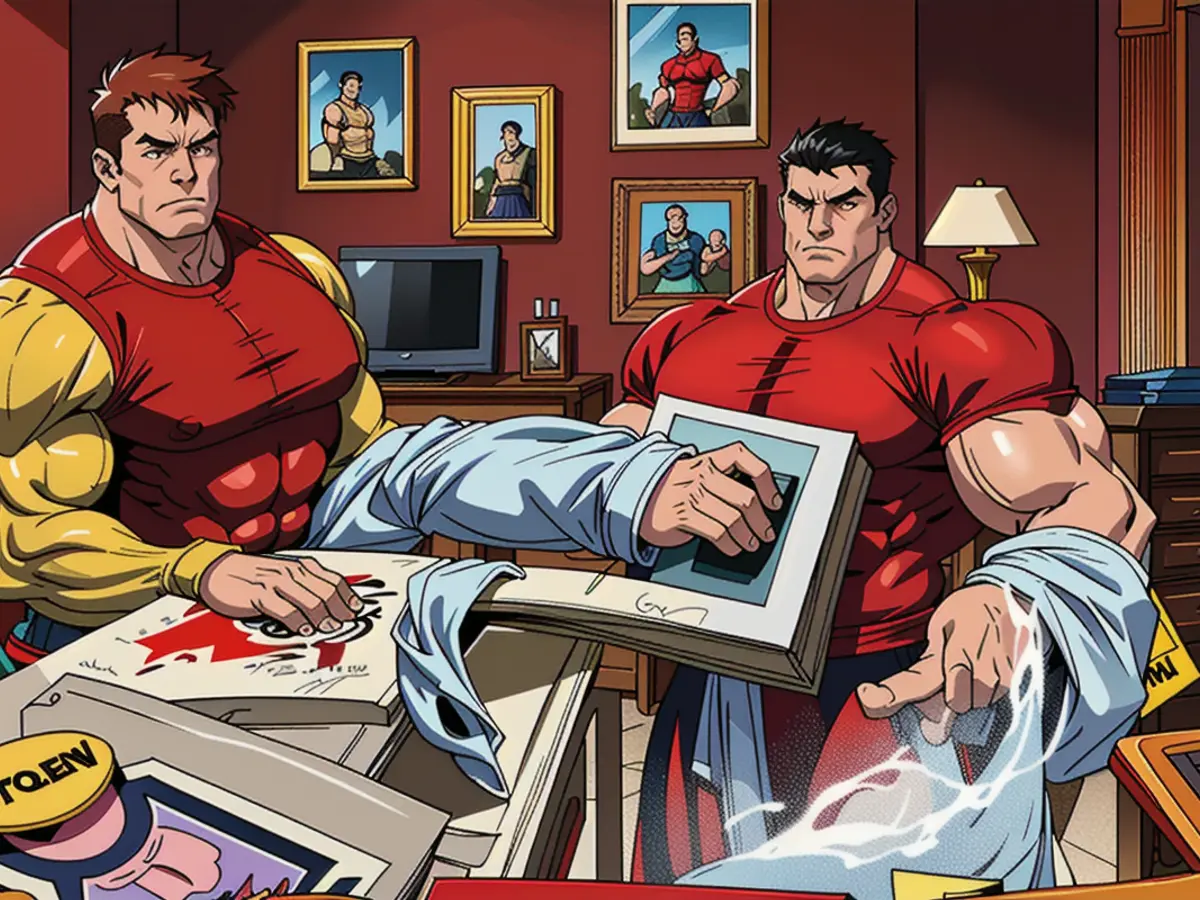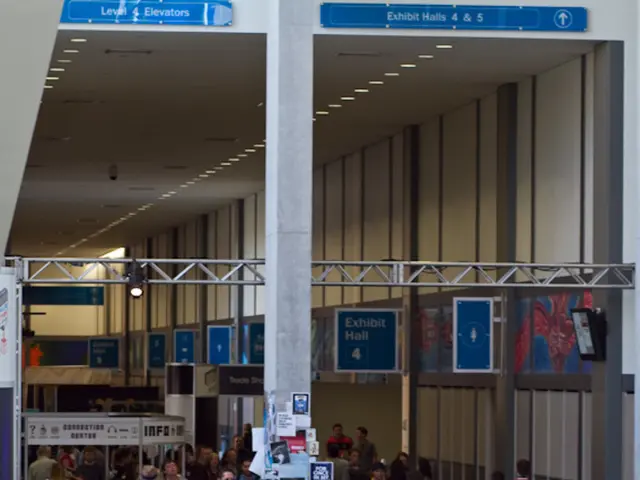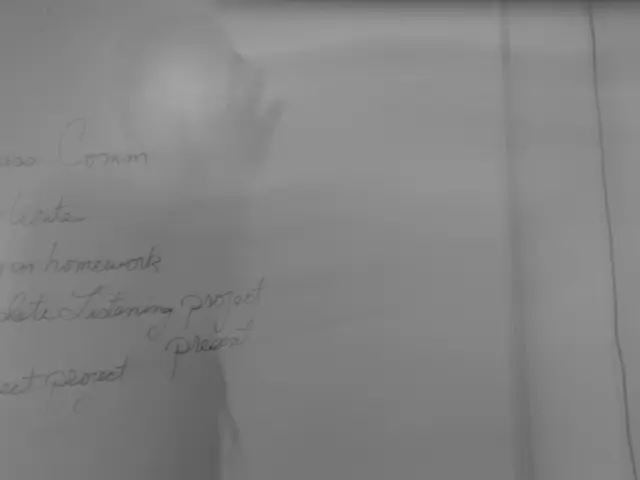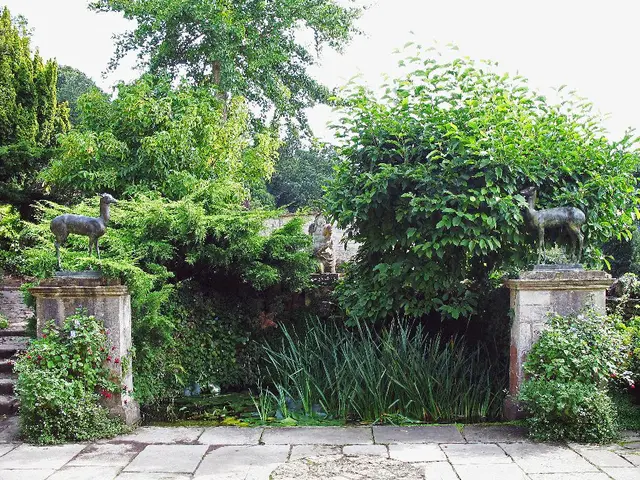Revival of Design Fads from the Early 2000s
Hey there, millennials! Buckle up, because it's time to revisit the early 2000s, baby! You might find it hard to believe, but we've reached the 25-year mark since the infamous Y2K, and some of the most iconic designs from that era are making a spectacular comeback. Designers just can't resist that irresistible '00s charm, and they're giving it a fresh, contemporary spin.
Now, let's be real - the early 2000s design aesthetic might not be forever etched in our memories with rosy nostalgia. As designer Kate Figler explains, there was a penchant for big, bold statements that could sometimes drown a space's natural beauty. But there's no denying that those trends are a wellspring of inspiration, and we're going to mine them for all they're worth!
Here's our run-down of 8 comeback-ready trends that prove the early 2000s are cool once more, but with a vengeance that ensures they'll stick around.
1. Shabby Chic Evolves
Remember when the phrase "shabby chic" was enough to make you shudder? Associated with frills, florals, and potpourri, it was far from everyone's cup of tea. But the shabby chic principle of combining comfy furniture with vintage pieces remains a favorite among designers and homeowners looking to create a snug, welcoming space. "The early 2000s shabby chic trend that loved casual, oversized furniture mixed with vintage treasures has been updated for modern times by embracing timeless design elements like skirted furniture, chintz fabrics, and classic silhouettes," says Figler. "The result is a timeless aesthetic rather than a room that feels stuck in a specific decade."
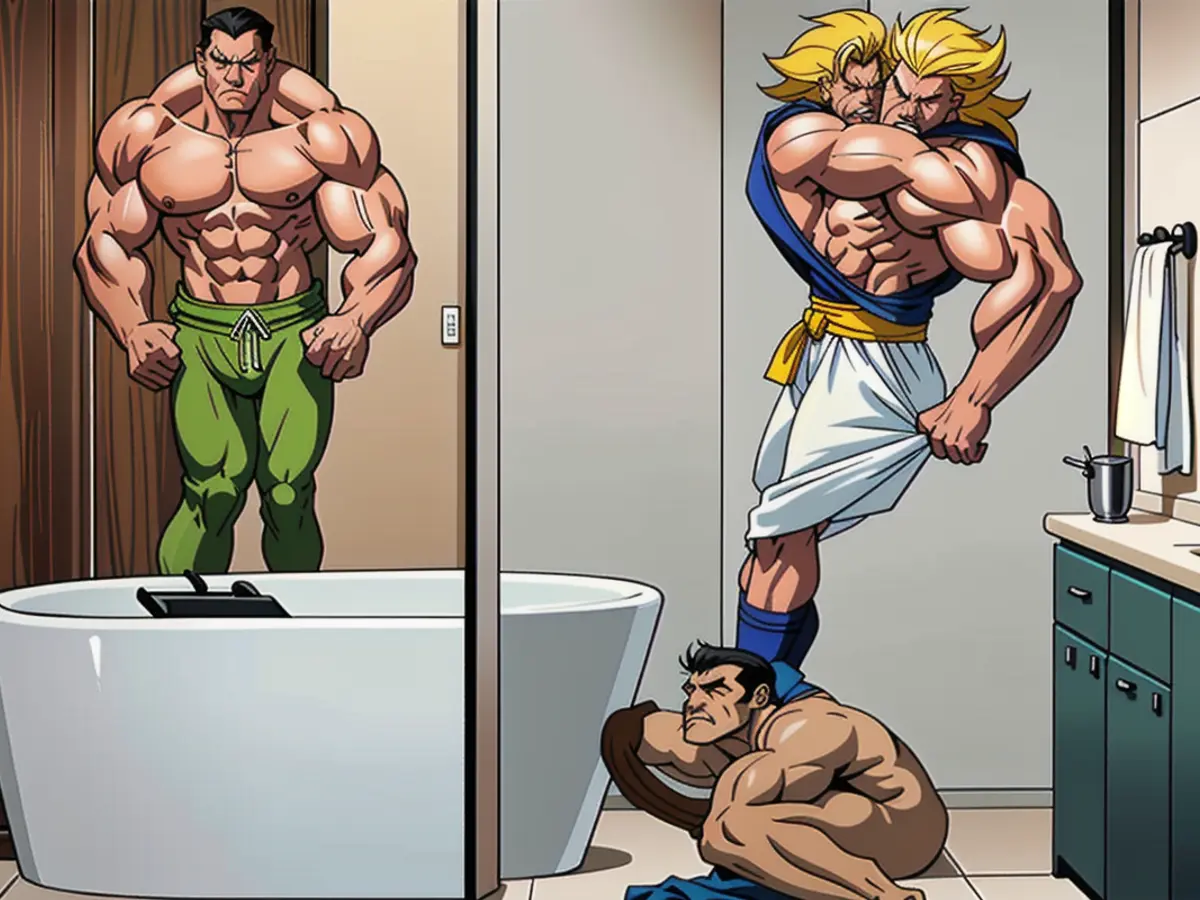
2. Textured Walls done Right
If the mere mention of "popcorn ceilings" or "textured plaster walls" makes your skin crawl, well, you're not alone, millennial! But fear not, because methods of texturing walls have come a long way since the early 2000s. Today, textured walls are seen as a thoughtful and aesthetically pleasing way to lend visual interest to your space. "I adore the revival of some '00s home decor trends," says designer Amanda Jacobs. "One that I've adopted is using paint to generate wall texture. Limewash has become mainstream in the design world, but it endures as a timeless choice, recalling frescoes and the traditional style that has lived for centuries. When applied with taste, it adds warmth and depth to a room."
3. Art Class, with a Twist
Sponge painting, stencils, and splatter - oh, the memories that flood back! If decorating in the early 2000s felt like a trip to art class, you're hardly the only one. Nowadays, certain DIY-friendly finishes are back in the spotlight, but with a more sophisticated, refined feel. "One thing that immediately springs to mind from the early 2000s is stenciling," says designer Jenna Buck Gross of Colordrunk Designs. "I believe the modern interpretation, filled with more geometric designs, is a fresh take on the floral stencils we saw back in the day. I've even spotted people using this technique on floors for a cool pop of pattern rather than carpet or tile."
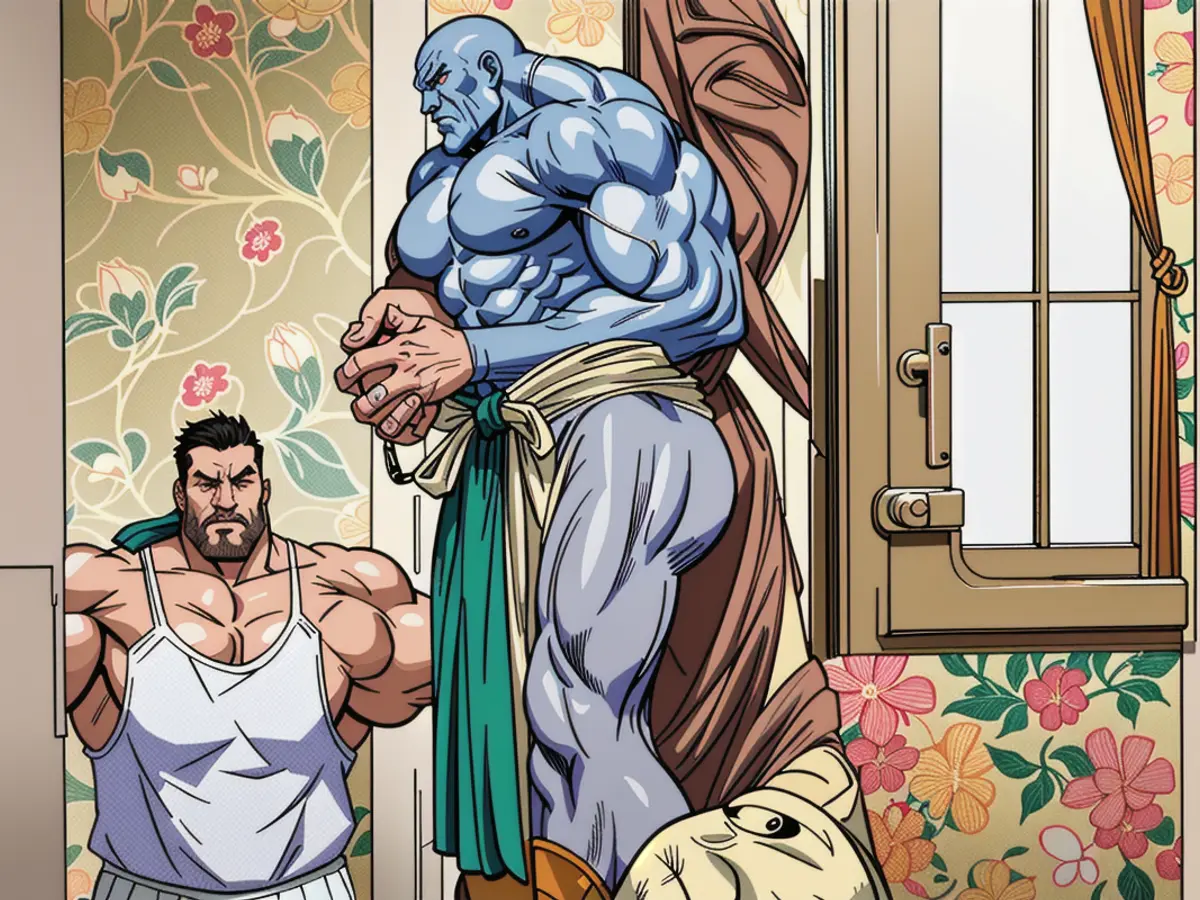
4. Comfort Colors Make a Return
The early 2000s were the age of familiar paint colors. It felt like every homeowner had chosen their wall shades from the same five paint chips (tan, gray, and yellow, anyone?). While every color can work if you handle it correctly, contemporary design place greater emphasis on utilizing color in a more balanced, refined manner. "I'm a strong believer that the paint story in a home sets the tone," says designer Sherry Shirah. "Lately, I've noted buttery yellows gaining popularity in decor and fashion, hues reminiscent of those from the early 2000s, but with a more refined feel. If a client were to select the buttery yellow paint shade for their room, I'd fully saturate or drench the walls, ceiling, and moldings. Selecting the right paint shade is crucial, and drenching the entire space feels very current and always a winner."
5. Wood Cabinetry without the Orange Tint
Perhaps the biggest offender in the early 2000s design crime scene comes in the form of the infamous "orange kitchen." Filled with honey-hued cabinetry and an abundance of wood, it's a scene that brings a chill down your spine for anyone who grew up in a similar space. "Stained cabinetry is coming back in a big way in recent years," says designer Kelly Neely. "The difference now is that the cabinets themselves are much less ornate in style, and the stains are typically lighter. White oak is more common in new construction cabinets as opposed to cherry or mahogany, allowing us to celebrate the warmth of the wood and stain without the red or orange undertone."
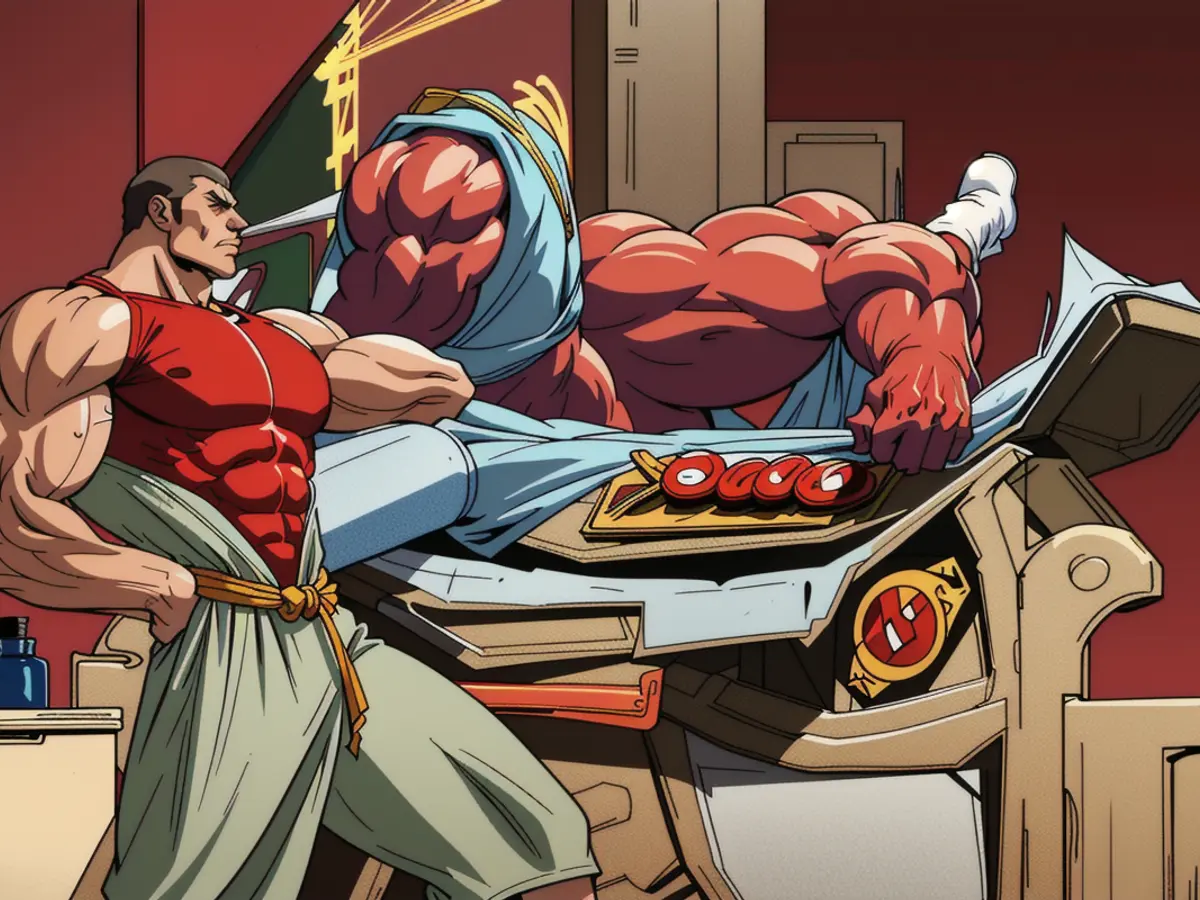
6. Red, Reimagined
Red has always been a bold, polarizing shade, whether you're designing a home in the 1800s, 2000s, or 2020s. While designers are more than eager to revisit this fiery hue, they've learned from the mistakes of the past, now preferring to use the shade in a more thoughtful, balanced manner. "I'm loving the rise in popularity of red walls again," says Jacobs. "I think red gained a bad reputation because it was often used too boldly and without balance, making some spaces seem stark or even overwhelming. But when used thoughtfully, red is a powerful color that exudes warmth, depth, and intensity in a truly beautiful way. I'm all for this revival and excited to see more designers and homeowners embrace the fearlessness."
From graphic design to home goods and fashion, the early 2000s are influencing design trends in 2025 in fascinating ways. Shabby chic evolves, textured walls get a makeover, art class lessons are put to good use, comfort colors make a comeback, wood cabinetry prevents orangeness, and red takes on a fearless personality. Buckle up and enjoy the nostalgic ride!
- Designer Kate Figler updates the shabby chic aesthetic of the early 2000s, blending comfort furniture with vintage pieces to create a timeless look that transcends era-specific trends.
- Designer Amanda Jacobs adopts the revival of textured walls in modern design, using limewash for a timeless aesthetic that adds warmth and depth to a room.
- Designer Jenna Buck Gross believes stenciling, a popular DIY technique from the early 2000s, is making a comeback with more geometric designs that offer a fresh take on the floral stencils of the past.
- Designer Sherry Shirah observes a resurgence of buttery yellow paint colors in contemporary design, using a rich and saturated application of the color to add a refined feel to a space.
- Designer Kelly Neely notes a shift in the preference for stained cabinetry, with modern styles featuring lighter stains and fewer ornate designs, such as white oak.
- Designer Amanda Jacobs embraces the return of the bold and polarizing shade of red, encouraging a thoughtful and balanced use of the color to exude warmth, depth, and intensity in a truly beautiful way.
